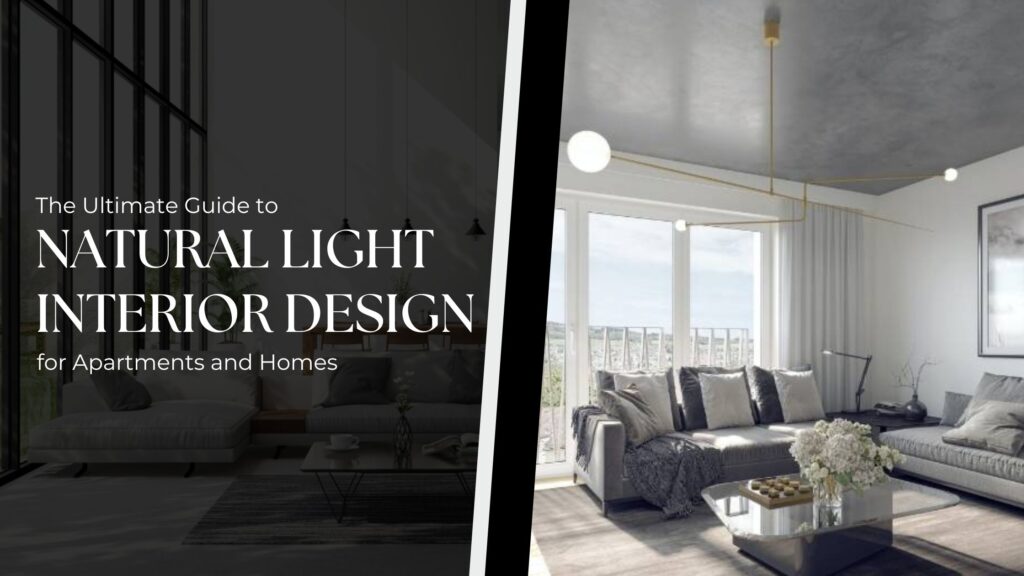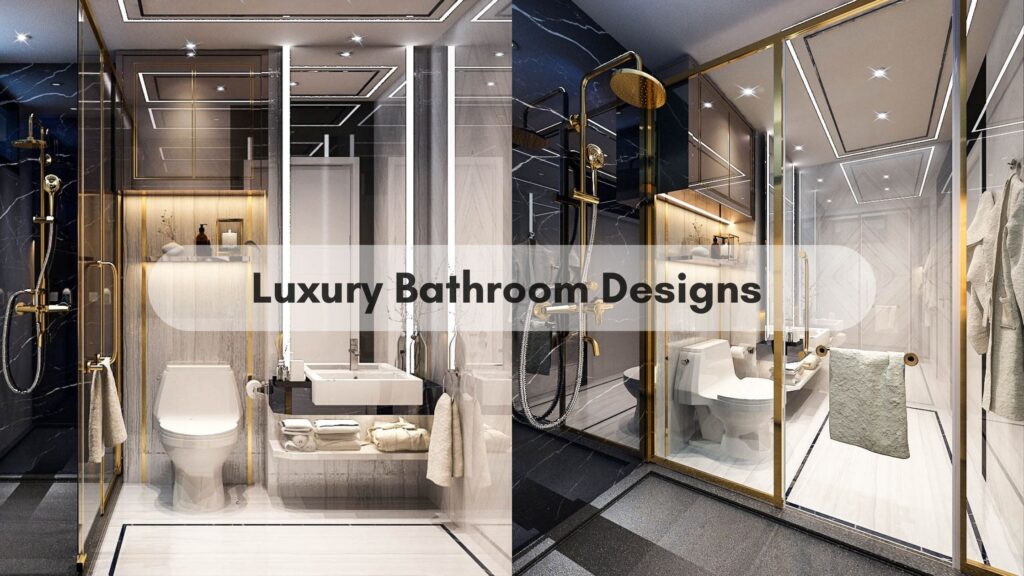Natural light is one of the most powerful tools in interior design. It has the ability to make spaces feel larger, fresher, and more inviting. In fact, many modern homeowners and apartment dwellers are prioritizing Natural Light Interior Design to improve both the aesthetics and functionality of their living spaces.
Whether you’re living in a cozy apartment or a spacious home, maximizing natural light can make a significant difference in your daily life. It helps reduce energy costs, boosts your mood, and even increases the value of your property. In this blog, we’ll explore practical tips and design strategies to enhance natural light in your home, transforming it into a bright and beautiful haven.
Why Natural Light Matters in Interior Design
Before diving into design tips, let’s understand why natural light is such a big deal:
1. Enhances Visual Appeal
Natural light brings out the true colors and textures of furniture, walls and décor elements. It makes interiors look clean, airy and vibrant something artificial lighting often fails to replicate.
2. Improves Mood and Wellbeing
Exposure to natural sunlight boosts serotonin levels, which helps reduce stress and enhance happiness. A sunlit home can uplift your spirits, making it a more enjoyable place to live.
3. Saves Energy
With more daylight flooding your rooms, you’ll rely less on artificial lighting during the day saving both electricity and money.
4. Boosts Property Value
Homes with good natural lighting tend to attract more buyers and renters. It’s a highly desired feature in today’s real estate market.
Design Strategies to Maximize Natural Light
Now that we know the benefits, let’s get into actionable strategies for improving Natural Light Interior Design in apartments and homes.
1. Choose the Right Window Treatments
Heavy, dark curtains block out sunlight. Instead, go for:
- Sheer curtains: They let light pass through while maintaining privacy.
- Blinds or shades: Choose light-colored or bamboo blinds that allow filtered light.
- Minimal drapery: Keep window treatments sleek and simple for maximum exposure.
Tip: Avoid over-layering your windows. The simpler, the better.
2. Use Light and Reflective Colors
Paint plays a major role in bouncing light around a room. Stick to:
- Whites, off-whites, and beiges: These reflect the most light.
- Pastels and soft neutrals: Ideal for bedrooms and cozy areas.
- Glossy or satin finishes: These finishes reflect more light than matte ones.
Even your furniture and decor should align with this palette to support the Natural Light Interior Design concept.
3. Strategically Place Mirrors
Mirrors are a game-changer when it comes to brightening a room. Here’s how to use them:
- Opposite windows: This doubles the amount of sunlight in the room.
- On dark walls: To reflect light into deeper corners.
- Mirror panels or furniture: Mirror-fronted furniture adds extra reflectivity.
Pro tip: A large floor mirror can make a small room feel twice its size.
4. Keep Windows Clean and Clear
Dust, grime, and smudges reduce the amount of light coming in. A quick monthly cleaning can significantly increase light penetration. Also, avoid placing furniture that blocks window access.
5. Opt for Glass Doors or Room Dividers
Replace solid doors with:
- Glass doors or frosted glass panels: Allow light to pass between rooms.
- Sliding glass dividers: Especially useful in apartments to separate spaces without losing light.
This is a smart solution for maintaining an open, bright feel even in smaller homes.
6. Maximize Skylights and Clerestory Windows
If your architecture allows for it:
- Install skylights in darker areas like hallways, bathrooms, or kitchens.
- Clerestory windows (high on the wall) bring light into spaces while keeping privacy intact.
These are popular options in upscale Home Design Trends for their blend of beauty and function.
7. Use Light-Friendly Flooring
Your floor can reflect or absorb light, so choose flooring materials wisely:
- Light hardwood, white-washed planks, or pale laminate are great options.
- Glossy or polished tiles can also help bounce light.
Add area rugs in light tones to further support the room’s brightness.
8. Trim Outdoor Obstructions
If your windows are covered by overgrown trees, hedges, or balconies, they may be blocking valuable sunlight. Trim them back, or opt for landscaping that complements Natural Light Interior Design flow.
Also, consider using reflective surfaces in your outdoor spaces like light-colored patios or gravel paths to help light bounce into your home.
9. Smart Furniture Placement
Avoid putting tall or bulky furniture near windows, as they block light and reduce openness.
- Low-profile furniture helps light travel more freely.
- Open shelving instead of closed cabinets can also contribute to a lighter look.
Glass-top tables reflect more light and feel less heavy in a room.
10. Use Light-Enhancing Decor
Don’t underestimate the power of decor. Consider:
- Metallic accents like brass, silver, or gold.
- Glass vases, crystal accessories, and shiny ceramics.
- Transparent furniture such as acrylic chairs and glass coffee tables.
These elements all play with light to create a brighter environment.
Tips for Apartments with Limited Windows
If you’re living in a high-rise or apartment with minimal natural light, try these tricks:
- Use artificial lighting smartly: Choose warm white LEDs that mimic daylight.
- Paint ceilings bright white to reflect any available light.
- Add reflective surfaces like mirrored tiles or glossy backsplash in kitchens.
- Create visual flow: An open-plan layout lets light move freely.
Even with limitations, strategic planning and smart Colour Combinations for Home Interiors can create the illusion of more space and more light.
Avoid These Common Mistakes
To get the best out of your Natural Light Interior Design, steer clear of:
- Dark, heavy curtains that trap light.
- Over-decorated windows that obstruct sunlight.
- Cluttered rooms that feel heavy and dark.
- Wrong paint finishes that absorb rather than reflect light.
Final Thoughts
Maximizing natural light in your apartment or home doesn’t have to involve a full renovation. With a thoughtful approach to layout, colors, furnishings, and materials, you can easily brighten up your space and make it feel more spacious, uplifting, and energy-efficient. Natural Light Interior Design isn’t just a trend it’s a lifestyle choice that supports wellness, sustainability, and style. Whether you’re in a city apartment or a suburban house, small changes can lead to big improvements.


